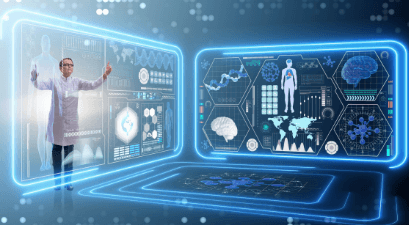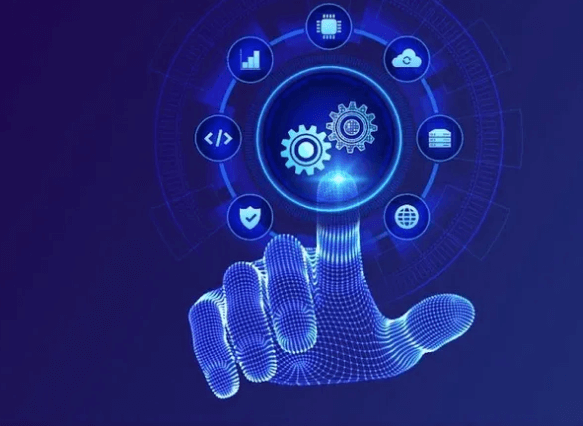Exploring the Future of Edge Computing

Edge computing is rapidly evolving, driven by advances in IoT, AI, and 5G technologies. These developments enable real-time data processing and autonomous decision-making at the network’s edge. As industries shift toward decentralized architectures, organizations must navigate complex challenges like data privacy and talent shortages. Understanding these trends is essential to grasp the transformative potential and strategic implications of a future where connected ecosystems redefine operational paradigms.
Emerging Technologies Driving Edge Innovation
Emerging technologies are fundamentally transforming the landscape of edge computing by enabling more efficient, real-time data processing and analysis at the network’s periphery.
IoT integration accelerates interconnected device synergy, while AI advancements drive autonomous decision-making.
Together, these innovations empower organizations to unlock unprecedented agility, fostering a future where control and freedom are redefined through strategic edge deployment.
Industry Transformations Through Edge Computing
The integration of advanced edge computing technologies is catalyzing fundamental shifts across various industries by enabling decentralized data processing and rapid response capabilities. Distributed networks enhance operational agility, while robust data privacy measures safeguard sensitive information.
These innovations empower organizations to pursue strategic freedom, fostering innovation and resilience in a rapidly evolving digital landscape.
Challenges and Opportunities Ahead
As edge computing continues to evolve, organizations face a complex landscape of challenges and opportunities that will shape its future trajectory.
Data privacy concerns demand innovative security architectures, while a talent shortage hampers deployment and scaling.
Embracing strategic solutions and fostering talent development are essential to unlock the full potential of edge innovations and maintain competitive advantage.
Envisioning a Connected Future
Envisioning a connected future through edge computing involves integrating diverse devices, networks, and data sources into a cohesive ecosystem that enhances real-time decision-making and operational efficiency.
This enables smart city infrastructure and autonomous vehicles to operate seamlessly, unlocking strategic freedom for innovation.
Such interconnected systems foster resilience, scalability, and adaptive intelligence essential for a liberated, technologically advanced urban landscape.
See also: Digital Twins: What They Are and How They’re Used
Conclusion
The future of edge computing promises a revolution so profound it will reshape the fabric of digital existence, enabling hyper-intelligent ecosystems that operate with unparalleled speed and autonomy. This technological paradigm shift will unlock transformative efficiencies across industries, rendering traditional centralized models obsolete. As organizations harness the full potential of decentralized networks, they will forge an era of unprecedented resilience, agility, and strategic dominance—propelling humanity into a new frontier of digital mastery beyond imagination.



